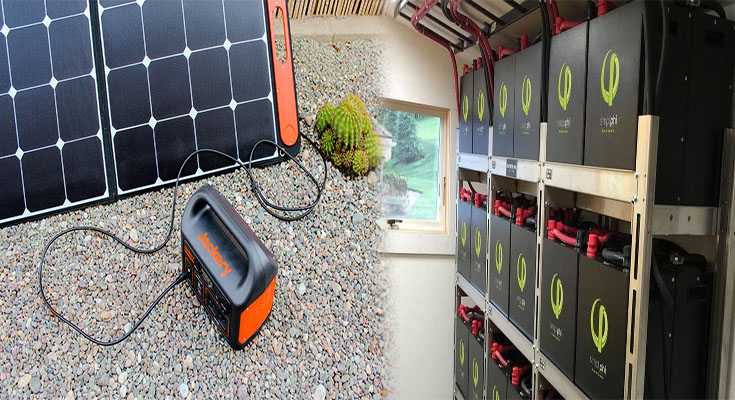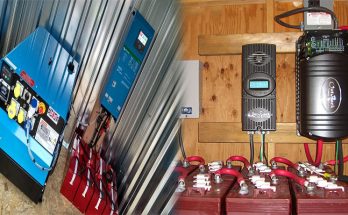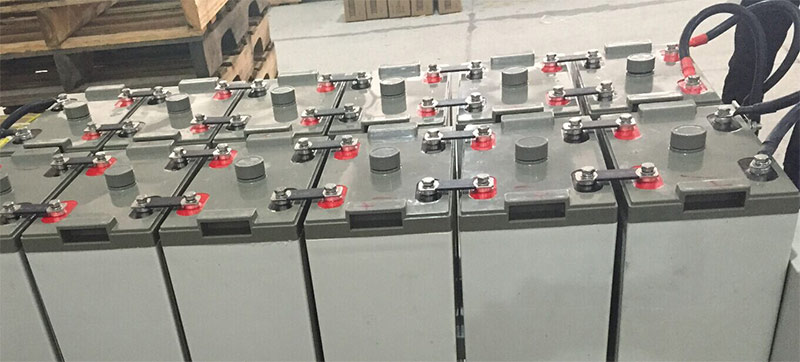Cost
The cost of a solar battery bank for your home depends on how much you want to save from your utility company and what you want to do with the excess energy. Most battery systems have a payback period of seven to ten years. You should be able to store 70 to 80% of the electricity you produce.
Buying a battery bank that is rated for 6,000 cycles is the best option, as this type of battery is much more durable. Ideally, you want a lithium-ion battery, which is more efficient and has a longer lifespan. You should also make sure the battery is kept in a cool area inside the house, where it does not reach over 30 degrees. You should also charge and discharge the battery regularly, or else it will decrease its lifespan.
Capacity
If you’re considering a solar battery bank for your home, one of the most important aspects to consider is the capacity. The capacity of the batteries will determine their life and how long you can run certain devices off of them. If you’re planning to use your solar power for multiple days, the capacity of a battery bank should be sufficient for that period.
One way to determine the capacity of your solar battery bank is to identify what appliances are necessary for running your home. This is known as the “critical loads” of your home and are the most important equipment that needs to be running in the event of a power outage. These items could include medical equipment, lights, and appliances.
Location
There are many factors to consider when choosing the right location for your solar battery bank for your home. It should be in a place where it will be protected from cold weather. Your battery should be in a shed or box where it will remain dry. The batteries have considerable thermal mass, so they will heat up and cool slowly. This means that they will not freeze overnight. In most areas, temperatures rarely drop below freezing overnight.
If you’re building a solar battery bank for your home, you’ll need to choose a location that is safe from freezing temperatures and exposure to sunlight. If the battery is a sealed one, you can store it inside your home, but it’s recommended that you choose a well-ventilated location away from the house. Ideally, you’ll use a garage or covered shed for the storage of the batteries. You can also construct a sturdy battery box that is insulated for extra protection.
Safety
As families prioritize climate-friendly energy consumption, solar battery storage is becoming an increasingly popular backup power solution. This trend has prompted some concerns about the safety of battery banks. However, by learning more about different types of batteries and their construction, homeowners and installers can minimize their risk of fire. In addition, the industry can take steps to improve public confidence in the use of these devices.
While lithium-ion batteries are generally safe, they do present some safety risks when installed improperly or if they’re of low quality. Nevertheless, these problems are relatively rare. The best way to avoid these problems is to choose a trusted battery manufacturer and a professional installation company. In addition, it’s essential to hire technicians trained in battery installation.




